We use cookies to improve the services we offer you. By continuing to browse this site, you consent to keep them in accordance with our Privacy Policy.
×We use cookies to improve the services we offer you. By continuing to browse this site, you consent to keep them in accordance with our Privacy Policy.
× 6,216
6,216
 5 min
5 min
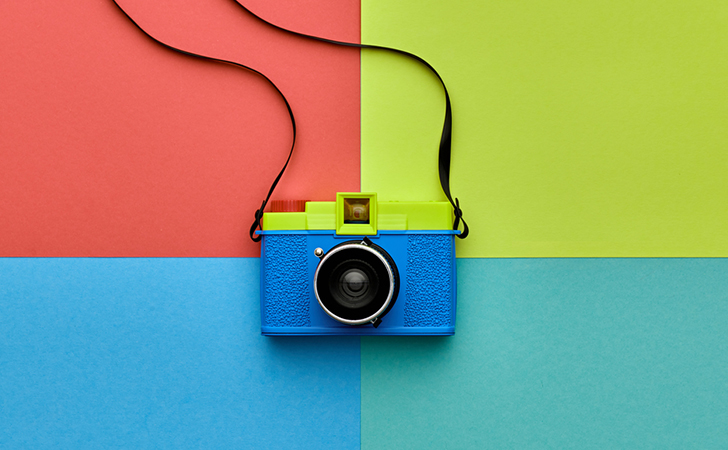
You’ve probably noticed that graphic files have different extensions and that some can be uploaded to your favorite social network, while others cannot. Facebook, for instance, accepts only JPEG, PNG, and GIF image file types. These and others, like BMG and TIFF, are also called formats – a term most people have probably heard, but may not fully understand. So, just what are image formats and which are your best options in what situations? Find the answers below!
An image format can be explained as a way of organizing digital graphic information. Formats that store this information are called either raster or vector. In raster formats, images are constructed as grids of pixels with the appropriate data stored in a file in either a compressed or an uncompressed way. Rasterized images usually lose quality when they’re scaled up. Examples of raster formats include JPEG, PNG, GIF, BMP, and TIFF.
Vector formats construct graphics based on mathematical formulas and are used to create images that may require resizing. Vector images are created in graphic editors and a logo generator and usually take the form of icons, logos, or drawn illustrations. Photographs cannot be vector, since cameras yield only raster images. Examples of vector formats include SVG and CGM.
Let’s review some of the more common formats for storing graphics and list their main pros and cons.
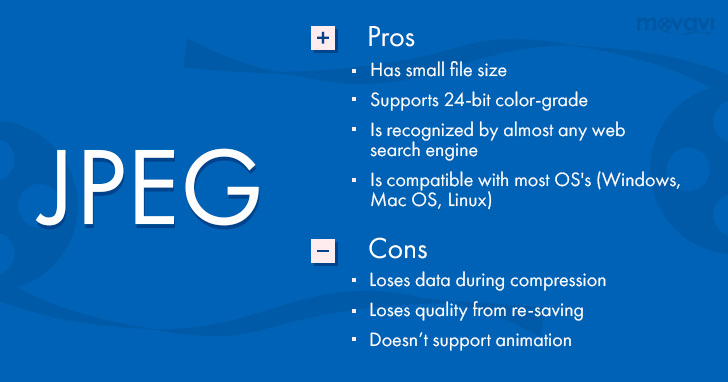
Short for “Joint Photographic Experts Group,” JPEG (or JPG) is the most widely supported image format. Many digital cameras and websites use JPEG as their standard for still images and photographs because this 16-bit format handles millions of colors and greatly reduces file sizes. However, due to the lossy compression inherent in JPEG, the image quality of the files decreases with each successive save.
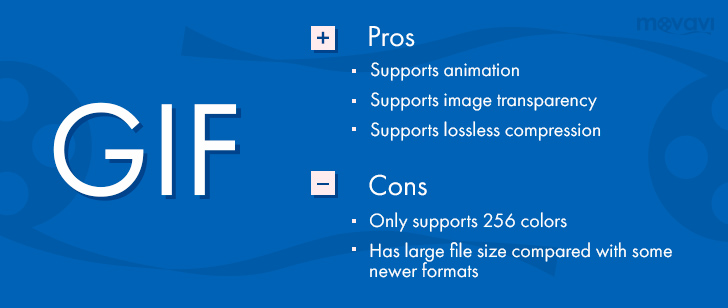
The Graphics Interchange Format, or GIF, is one of the earliest image formats designed for the Web, back in the 8-bit era. Because the GIF palette is limited to 256 colors, this format is usually used for images with low color variation, such as graphs and logos. It also lets users create simple animations – series of linked pictures called animated GIFs – which are popular on the Internet.
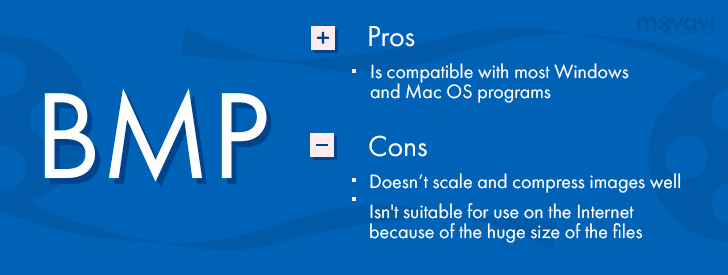
Initially developed by Microsoft as a native graphics format for Windows, BMP (which is an abbreviation for “Bitmap”) is now also recognized by many Apple Mac OS X apps. The format stores picture color data without compression, which ensures high quality, but at the same time creates large files. For this reason, unlike JPEG and GIF, BMP is mostly used for printing, not on the Web.
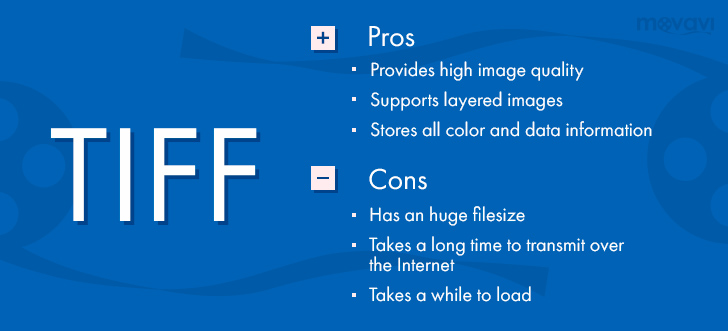
Thanks to lossless compression, the Tagged Image File Format (TIFF) helps to reduce the file size of photos while maintaining quality. Originally created for desktop publishing, TIFF is popular among graphic artists and photographers and is recognized by many scanning and faxing apps.
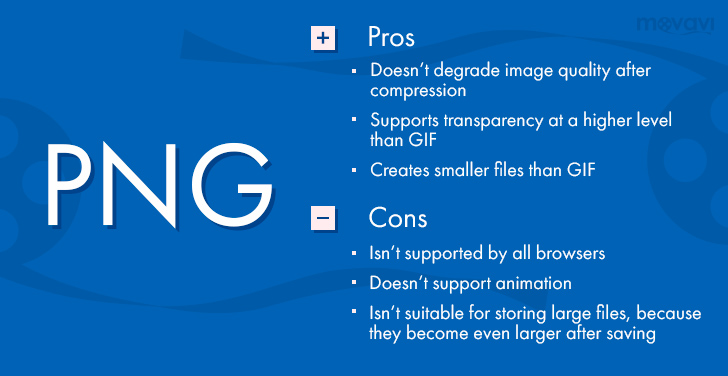
Portable Network Graphics, abbreviated as PNG, was created as an improved, open-source alternative to GIF. The PNG-8 variant supports the same 256-color palette as GIF but supports transparency better and creates smaller files. The lossless PNG-24 variant resembles JPEG in that it operates with millions of colors but, unlike JPEG, is also capable of preserving transparency. However, PNG-24 is not always compatible with various platforms and applications, and the resulting files tend to be larger than JPEGs.
The answer to this question depends on what you want to achieve. Want to store full-color photos in the smallest size possible? Go with JPEG. Need to ensure the highest quality for images you upload to the Web? Choose PNG. Creating brand logos or other images that require transparency? Try PNG or GIF. Want to print color-heavy photographs? Pick BMP.